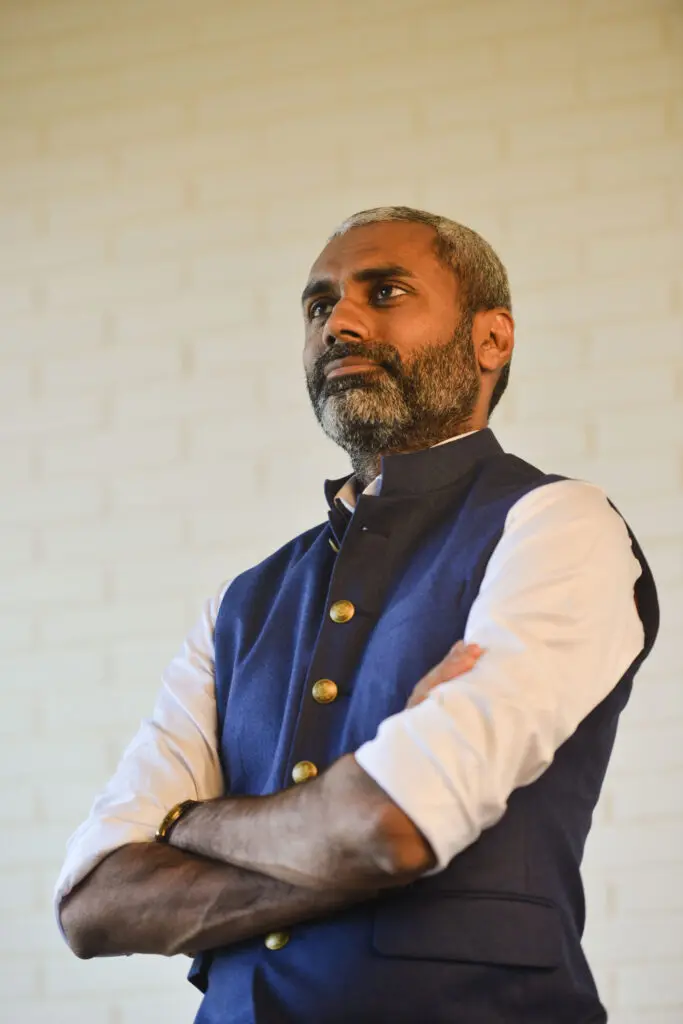
“I never let my schooling interfere with my education” — Mark Twain
There are two defining characteristics of the human species. One, we are genuinely curious about the world. Not only do we love to learn things, we often spend time learning things that aren’t even necessary for survival. Two, we are the only species that spends vast amounts of energy in the pursuit of fun. We write elaborate stories, we play adventure sports, go on long drives, and build complex instruments that make music. Learning and play are not just core to the human experience, they are intricately related. Learning through play is as old as humanity itself — a behavior so primal and genetic that we even see it in animals.
Learning in the ancient times was primarily experiential, social, and interactive, and imparted through gurukuls, monastic cathedrals, or madrasas. However, during the mid 19th-century, a movement to bring young students closer to their national identity started in erstwhile prussia and eventually took over much of the world. Modern schooling starts here. Uniforms for everyone, a hierarchical grading system that forces talent through a pass/fail filter, standardized national curriculum: all of this emanated from what is the Prussian model of education. Focus was to train the youth to serve what the needs of the nation were at that time. It was not important to understand what the strengths or weaknesses of a student might be.
This outdated education system is no longer relevant to serve today’s post-industrial, automation-based society where the need of the hour is unlock creativity, innovation and experimentation to solve for existential challenges such as climate change, space travel, or human longevity.
In the last few years, advances in sophisticated gaming engines, GPUs and consumer hardware devices has finally allowed for a re-imagining of education from the ground up closer to how it was perhaps always meant to be: the junction of learning and fun.

Gaming and education are fast merging. Well known games such as Minecraft and Roblox are already seeing “education economies” organically emerging within the games. Teachers are designing and conducting live sessions inside these multiplayer games to help kids learn coding and science. For example, teachers are using pre-built Roblox templates to customize game levels. Students then play these Roblox levels as groups or individuals to learn complex concepts such as chain reaction simulations. Recognizing the trend, Minecraft has released a dedicated Minecraft for Education which helps schools and educators migrate from Zoom classes to active game-based learning. Roblox has released Roblox Education which offers a free curriculum to educators.

This is where Kalam Labs comes in. They sit at the intersection of three of the most important pedagogical trends in education today: the digitization of educational content and delivery, the rise of community-supported learning, and the growing relevance of targeted cohort-based courses as opposed to degree-based formal classrooms. All of this comes together in the product Kalam Labs has built that combines multiplayer gameplay and live streaming with STEM learning.
Instructors play elaborate, mission-based games on Kalam Lab’s platform that are then live-streamed in classes. Kids play simultaneously on their phones or tablets at home and interact live with their instructors and fellow students to ask questions. Launched in June 2021, Kalam Labs has already amassed thousands of paying students and is growing its user base 50% week-over-week completely organically or via referrals within student communities. Kids are spending 2–3 hours per week, returning 3x weekly.
Our investment thesis behind Kalam Labs derives from our years of global experience in both education (Byju’s, Teachmint) and gaming (Hidden Leaf, Epic Games). First, we believe there is a strong Covid-19 induced behavior change that will sustain beyond the pandemic. Parents are now comfortable with kids learning and interacting online. Games such as Roblox have significantly improved safety features to protect young children. Science kids YT channels recorded 25B views / 50M+ subscribers over the past 5 yrs, much of them in the last 18 months. My partner
has written a great thought-piece on the post-pandemic behaviors in both K-12 and higher-ed here.
Second, India’s strong home-field advantage in creating high-quality game-content. India is emerging as a global game development hub. Today we have over 300+ game-dev agencies in India companies compared to under 25 in 2010. Kalam Labs can create cost-efficient and high quality gaming content at speeds others cannot match.
Finally, and the most important for us, the team: Ahmad Faraaz, Harshit Awasthi and Sashakt Tripathi. This trio built an AR app for NCERT (India’s National Council of Educational Research and Training) while still in their 2nd year of college, and built Kalam Labs in their final year. They pitched to us in the middle of their final year undergrad engineering exams — we still have no idea if they ever graduated (hope so)! To us, this is what a pure entrepreneur looks like. We were also very impressed by their passion for teaching (e.g. Harshit still teaches all of the Kalam courses to thousands of kids weekly ) and their unusual insights (e.g. “parents pay for services, not content — this is why classes cost 10 times as much as books”).
Kalam Labs is offering a radically different method of learning science. Education is undergoing a generational change and they are building products that will accelerate this shift. We are honored and excited to back this young, insightful, and resourceful team as they build the metaverse for education for kids all over the world. Stay tuned!

Authors



